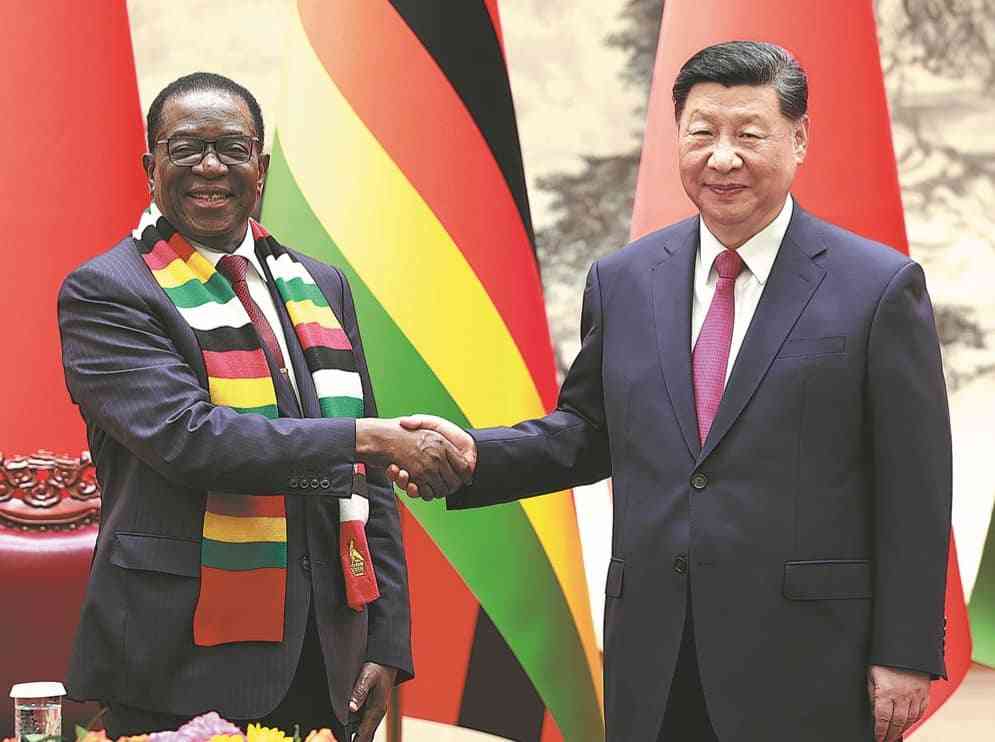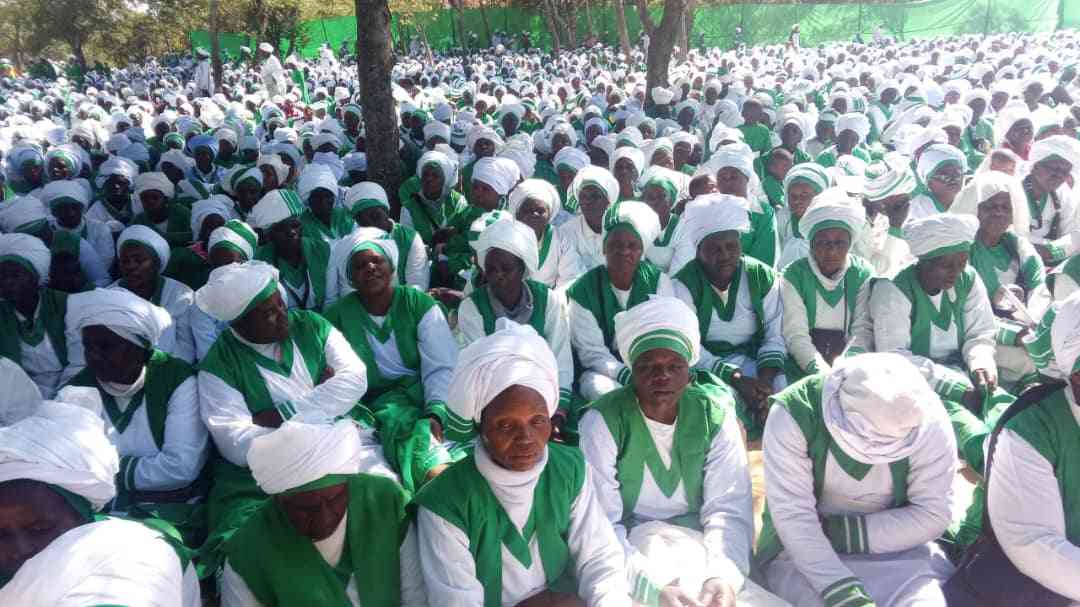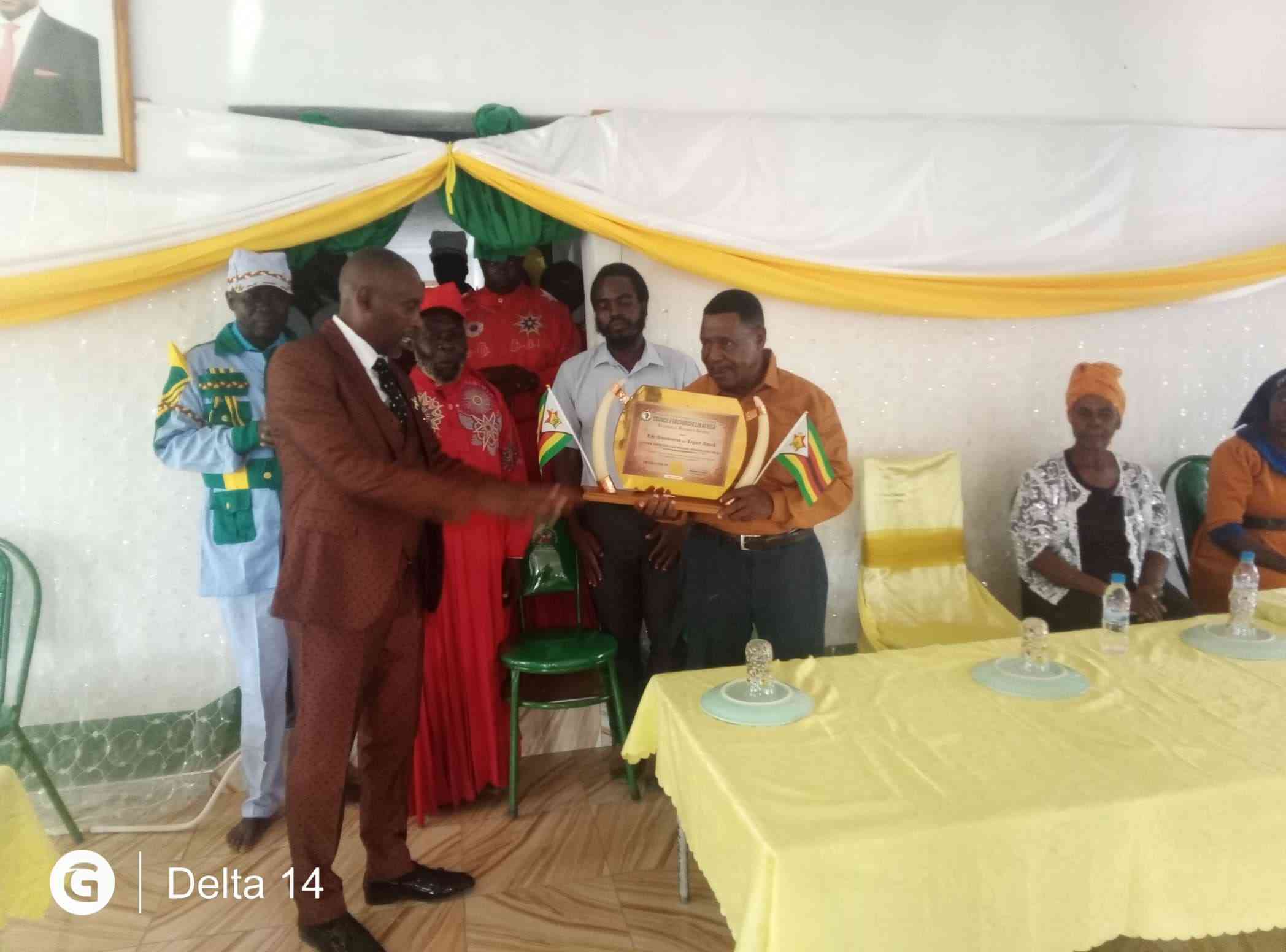
Zimbabwe has both the public and private sectors serving the 16 million citizens of the nation with about 3 000 doctors doing their best to keep the health delivery system afloat.
The medical industry is one of the most delicate industries in the world because it deals with life and death.
It needs diligence and love to be there after having spent close to seven years for doctors at university trying to understand anatomy, physiology, embryology, histology, pathology, pharmacology and many more.
The journey is crooked for many especially those who cannot proceed smoothly to the next level.
Public health institutions are struggling at the moment with a barrage of problems that include gross understaffing, brain drain, worker demotivation, obsolete equipment, maladministration, corruption to mention just but a few.
The private sector has stood tall to make sure the country does not sink.
Covid-19 came and ravaged the world, many people succumbed to the virus but our country united with a common goal of reducing both morbidity and mortality.
Today, we are all smiling although we have to remain alert about post-Covid-19 syndrome, a condition which can haunt us even years after contracting the virus.
- Young entrepreneur dreams big
- Chibuku NeShamwari holds onto ethos of culture
- Health talk: Be wary of measles, its a deadly disease
- Macheso, Dhewa inspired me: Chinembiri
Keep Reading
In 1979, Professor Michael Porter of Harvard Business School came up with the Five-forces Model which looks at the competitiveness of a particular industry.
The threat of entry, inter-company rivalry, and threats of substitutes, bargaining powers of both buyers and suppliers should all be considered.
Medical practitioners have been grumbling about the way medical aid societies deal with them.
The war has been there since time immemorial but the bottom issue is that of delayed payments, non-payments, bully behaviour, unilateralism on the part of the health funders.
The biggest medical aid society, Premier Service Medical Aid Society (PSMAS) has perennially brought misery to service providers by merely not honouring up its dues.
The behaviour of many of the medical aid societies is forcing many medical practitioners to close shops with migration to greener pastures like Australia, United Kingdom, New Zealand, Germany etc.
People should know that private practitioners are not saints when it comes to business.
They also struggle to pay rentals, salaries, drugs, sundries, regulatory authorities and the task becomes insurmountable when one cannot reap what they sowed.
At one time, I was left dumbfounded when one patient’s claim was rejected merely because I had used the wrong tariff.
Instead of correcting the tariff, the medical aid society threw the papers away after all what was done to save the patient.
Imagine the oxygen required, the drugs required, and the staff that worked.
Clients carrying the same medical aid card will surely not get assisted if they do not have cash.
The toxicity of the microeconomic environment is a thorn for service providers who are still accepting medical aid card holders when payments are done three months later.
With the runaway inflation of close to 700%, the operating environment is venomous and unsustainable, thus making medical aid quite unattractive.
What is needed today is for service providers to demand cash from their clients, cash which can be reimbursed by the respective medical aid society which a patient is under.
Imagine being paid $40 in two months at the current inflation rate! By then it would translate to just US$2.
Patients should understand that paying their medical aid premiums in US dollar is not an automatic qualification to be attended to at any medical institution.
The money is not paid to the service providers but to the middlemen who may decide to divert the same money to purchase high-tech vehicles, houses or whatever they deem necessary.
Government took long to understand the clandestine operations at PSMAS when service providers were complaining about issues of non-compliance with the laws governing medical practice.
It is after unprecedented embezzlement of funds that arrests are now made, years after boohooing by the practitioners.
Had the regulator listened then, the current quandary of PSMAS card holders could have been averted long ago.
It is my advice that organisations that want to join a particular medical aid society practise due diligence.
Service providers have insight into many of the existing medical aid societies and that assessment is good for clients.
Patients should not continue to suffer when medical aid society executives spend millions of dollars on holidays in Dubai, Singapore and Germany, among others.
It is a pity that out of more than 35 medical aid societies registered in Zimbabwe; only about five are performing to minimal expectation.
The viability of service providers is under consequential threat.
Strategic thinking is required lest we go into liquidation and extinction.










